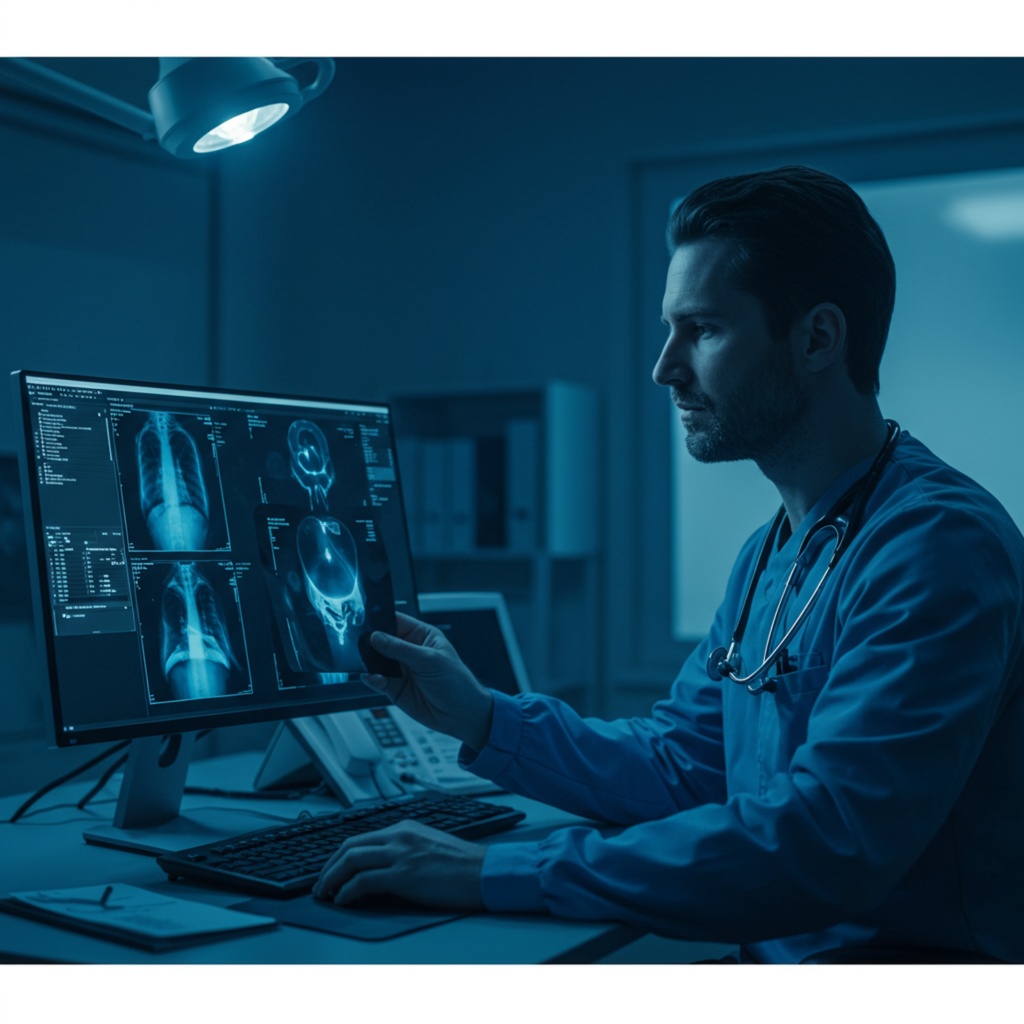The medical field constantly seeks ways to improve patient care and outcomes. Teleradiology, the transmission of radiological images for interpretation, offers numerous advantages. However, like any medical practice, maintaining high radiology accuracy improvement is paramount. Diagnostic errors can have serious consequences, leading to incorrect treatment plans and adverse patient outcomes. Recognizing and addressing the factors that contribute to inaccuracies in teleradiology is essential for ensuring the benefits of teleradiology are fully realized.
The challenge lies in ensuring consistent, reliable interpretations across various locations and technological platforms. This requires a multifaceted approach that encompasses rigorous quality assurance measures and continuous monitoring. Ignoring the importance of teleradiology quality control can undermine the potential benefits of this technology, leading to compromised patient care and decreased trust in the service. The good news is that solutions exist to enhance the precision and reliability of teleradiology services, ultimately improving patient outcomes and bolstering confidence in this vital medical field.
One of the most significant concerns in any medical field is diagnostic accuracy. In teleradiology, this is no different. Fortunately, implementing robust teleradiology accuracy protocols can dramatically improve the precision of diagnoses. Studies have shown that adherence to stringent quality assurance measures can lead to a reduction in diagnostic errors by as much as 50%. This improvement stems from several factors, including standardized procedures, enhanced collaboration, and regular audits.
The impact of such improvements cannot be overstated. When diagnoses are more accurate, patients receive more appropriate and effective treatments. This, in turn, reduces the likelihood of adverse medical events and improves overall patient outcomes. Referring physicians also gain greater confidence in the reliability of teleradiology services, strengthening the relationship between providers and improving the continuum of care.
Enhanced Collaboration and Peer Review in Teleradiology:
Collaboration and peer review play a vital role in ensuring the quality and accuracy of teleradiology interpretations. Remote consultations and second opinions, facilitated by teleradiology platforms, promote collaboration among radiologists, leading to enhanced radiology accuracy improvement. This collaborative environment allows radiologists to share their expertise, discuss challenging cases, and learn from one another.
Peer review systems, where radiologists review each other’s work, provide an additional layer of quality assurance. These systems help to identify potential errors or inconsistencies in interpretations, ensuring that the final diagnosis is as accurate as possible. Furthermore, these collaborative practices contribute to a culture of continuous learning and improvement, which is essential for maintaining high standards of care in teleradiology.
Better Patient Outcomes through Accurate Diagnoses:
The ultimate goal of any medical service is to improve patient outcomes. Accurate diagnoses are essential for achieving this goal in teleradiology. When diagnoses are accurate, patients receive the appropriate treatment promptly, reducing the risk of adverse medical events and improving their overall health outcomes. Optimal patient outcomes can be achieved through accurate diagnoses.
Conversely, diagnostic errors can have serious consequences, leading to delayed or inappropriate treatment, increased healthcare costs, and poorer patient outcomes. By implementing the strategies outlined above, teleradiology providers can minimize the risk of diagnostic errors and ensure that their services contribute to better patient outcomes. Implementing such protocols is not just about compliance; it’s fundamentally about ensuring optimal patient outcomes.
Conclusion:
So, where do we go from here? Remember those numbers – a potential 50% reduction in errors? That’s huge! It’s about giving patients the best possible care, building trust, and making sure we’re all working together seamlessly. Think about the impact of accurate diagnoses, the peace of mind it brings.
